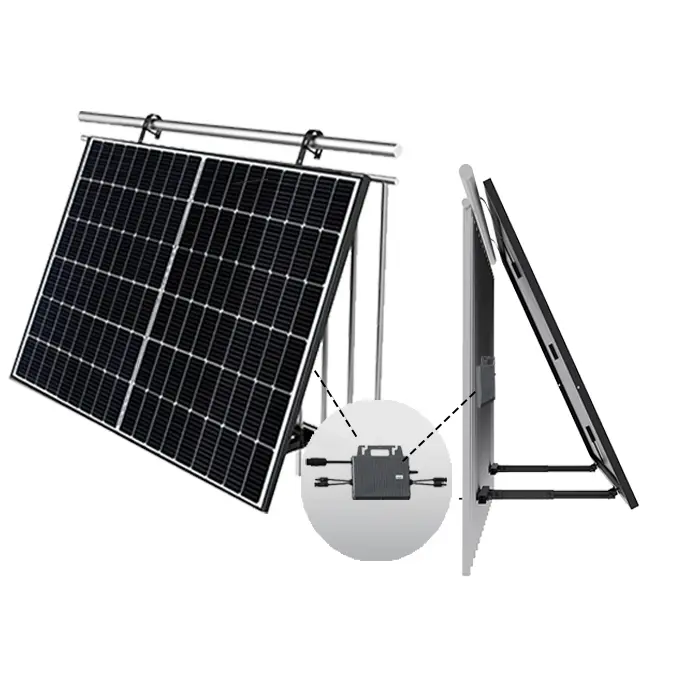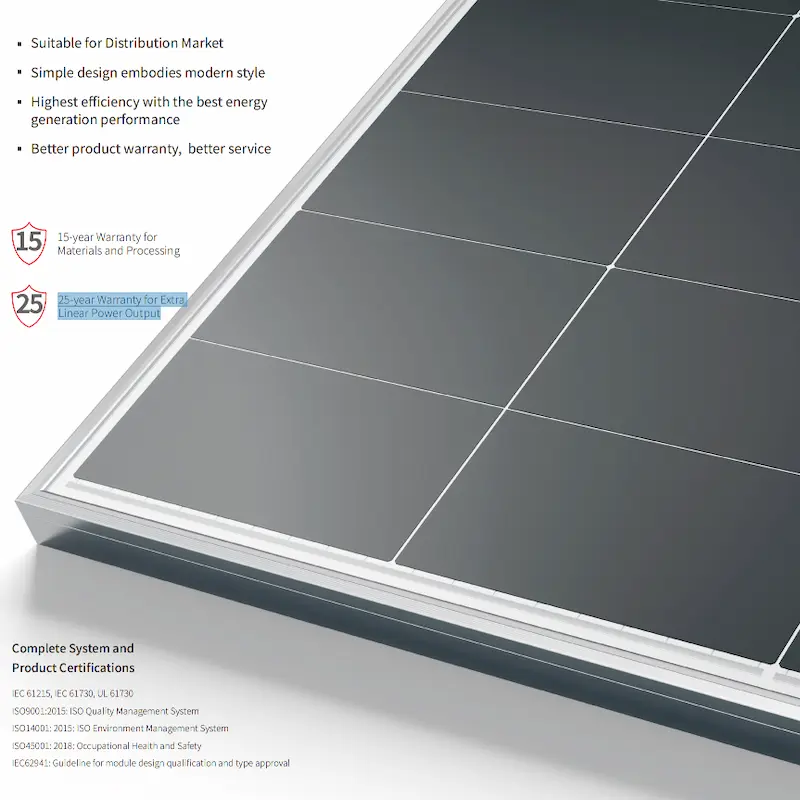How do solar cells work? Photovoltaic cells explained
You’ve probably seen solar panels on rooftops all around your neighborhood, but do you know how they work to generate electricity? In this article, we’ll delve into the fascinating world of photovoltaic (PV) solar cells, or solar cells, which are electronic devices that generate electricity when exposed to photons or particles of light. This conversion process is known as the photovoltaic effect.
At the heart of every solar panel are photovoltaic cells, which are typically made from silicon, a semiconductor material. Silicon is widely used in solar cells because of its abundance, low cost, and favorable properties for converting sunlight into electricity. When sunlight, composed of photons, strikes the surface of a silicon solar cell, it can dislodge electrons from their atoms. These free electrons then move through the material to produce an electric current.
The process begins when photons from the sun hit the surface of the solar cell. If a photon has enough energy, it can knock an electron loose from a silicon atom, creating a free electron and a positively charged hole. The movement of these free electrons and holes generates a flow of electrical current. To facilitate this process, solar cells are constructed with a p-n junction, which is a boundary between two types of silicon: p-type (which has extra holes) and n-type (which has extra electrons).
When the p-n junction is formed, the extra electrons in the n-type silicon diffuse into the p-type silicon, and the extra holes in the p-type silicon diffuse into the n-type silicon. This creates an electric field at the junction, which acts as a diode, allowing electrons to flow freely in one direction but not the other. When sunlight hits the cell, the photons excite the electrons, causing them to jump across the p-n junction. The electric field then pushes these electrons towards the external circuit, where they can be harnessed as electrical current.
The efficiency of a solar cell depends on several factors, including the purity of the silicon, the design of the cell, and the quality of the manufacturing process. High-efficiency solar cells can convert a higher percentage of the sunlight they receive into usable electricity. Modern solar panels typically consist of multiple solar cells connected in series or parallel to form a module, which can then be connected to other modules to create a solar array.
In summary, photovoltaic solar cells are the key components of solar panels, converting sunlight into electricity through the photovoltaic effect. By understanding the science behind silicon solar cells, we can appreciate the intricate process that allows us to harness the power of the sun and generate clean, renewable energy for our homes and communities.
What are solar photovoltaic cells?
A solar module comprises six components, but arguably the most important one is the photovoltaic cell, which generates electricity. The conversion of sunlight, made up of particles called photons, into electrical energy by a solar cell is called the “photovoltaic effect” — hence why we refer to solar cells as “photovoltaic,” or PV for short.
Solar PV systems generate electricity by absorbing sunlight and using that light energy to create an electrical current. The process begins when photons from the sun strike the surface of a photovoltaic cell, typically made of silicon, a semiconductor material. If a photon has sufficient energy, it can dislodge an electron from a silicon atom, creating a free electron and a positively charged hole. This movement of free electrons and holes generates a flow of electrical current.
The structure of a photovoltaic cell is crucial for this process. Each cell is constructed with a p-n junction, which is a boundary between two types of silicon: p-type (which has extra holes) and n-type (which has extra electrons). When the p-n junction is formed, the extra electrons in the n-type silicon diffuse into the p-type silicon, and the extra holes in the p-type silicon diffuse into the n-type silicon. This creates an electric field at the junction, acting as a diode that allows electrons to flow freely in one direction but not the other. When sunlight hits the cell, the photons excite the electrons, causing them to jump across the p-n junction. The electric field then pushes these electrons toward the external circuit, where they can be harnessed as electrical current.
A single solar module contains many photovoltaic cells, and the current created by all of the cells together adds up to a significant amount of electricity. A standard panel used in a rooftop residential array will have 60 cells linked together. This configuration ensures that the combined output of the cells is sufficient to help power a home. Commercial solar installations often use larger panels with 72 or more photovoltaic cells, which can generate even more electricity to meet the higher energy demands of commercial buildings or larger residential complexes.
What are the main types of solar cells?
Two main types of solar cells are used today: monocrystalline and polycrystalline. While there are other ways to make PV cells (for example, thin-film cells, organic cells, or perovskites), monocrystalline and polycrystalline solar cells (which are made from the element silicon) are by far the most common residential and commercial options.
What are photovoltaic cells made of?
Solar cells are usually made of silicon semiconductors that can absorb sunlight and convert it into electricity. These semiconductors are designed to efficiently capture the energy from sunlight and transform it into electrical power through a process known as the photovoltaic effect. Silicon is the most commonly used material for solar cells due to its abundance, low cost, and excellent semiconducting properties.
Each solar cell consists of a thin wafer of silicon, typically doped with impurities to create a p-n junction. This junction is crucial for the operation of the cell, as it facilitates the separation of charge carriers (electrons and holes) generated by the absorption of photons. When sunlight strikes the surface of the cell, the photons transfer their energy to the electrons in the silicon atoms, causing them to become excited and break free from their atomic bonds. These free electrons then move through the material, creating a flow of electrical current.
The combination of these components results in a robust and efficient solar panel that can reliably generate electricity from sunlight. When multiple solar panels are connected together, they form a solar array, which can provide a significant amount of power for residential, commercial, or industrial applications. This modular design allows for flexibility in system sizing and installation, making solar energy a versatile and increasingly popular choice for renewable power generation.
Install solar panels today to start generating energy from the sun
Solar photovoltaic cells are the building blocks of solar panels, and any property owner can start generating free electricity from the sun with a solar panel installation.With our range of solar panel kits and packages you’ll get free installation as well as the option to spread the cost with our finance options.




